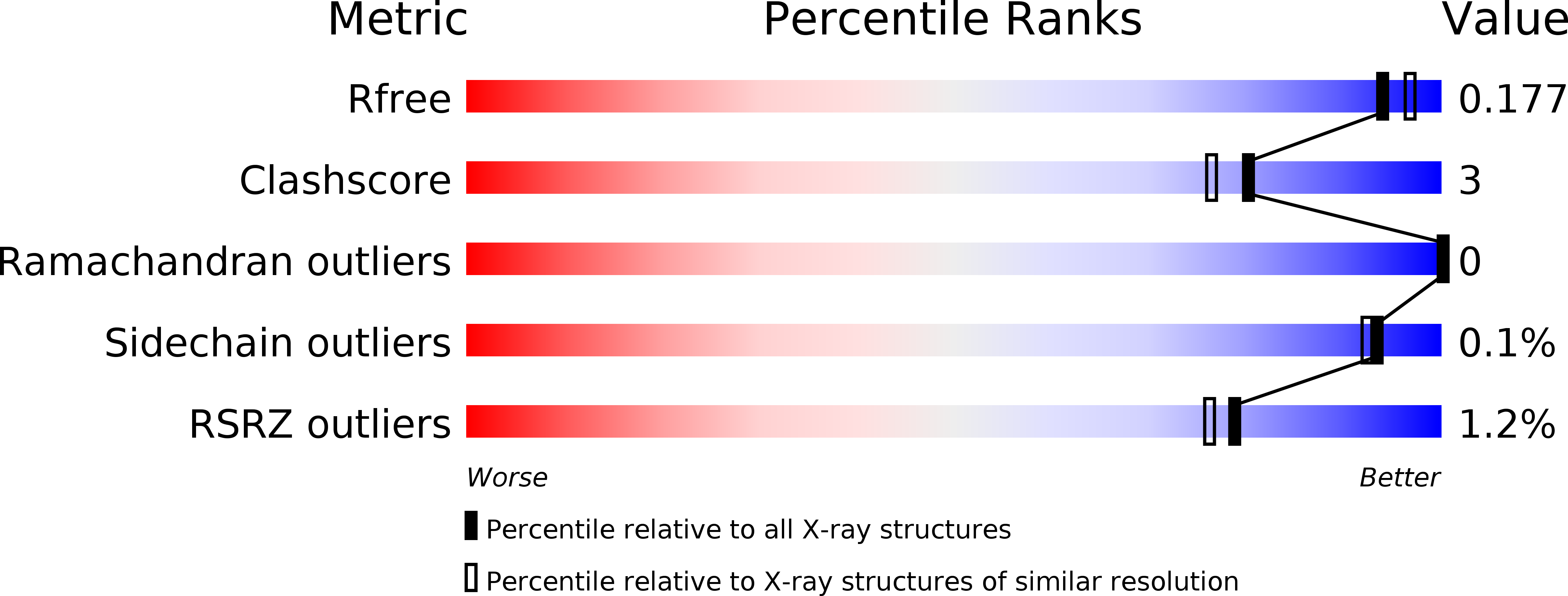
Deposition Date
2016-08-23
Release Date
2017-01-18
Last Version Date
2023-10-04
Entry Detail
PDB ID:
5T2K
Keywords:
Title:
Geobacillus stearothermophilus HemQ with Manganese-Coproporphyrin III
Biological Source:
Source Organism:
Geobacillus stearothermophilus 10 (Taxon ID: 272567)
Host Organism:
Method Details:
Experimental Method:
Resolution:
1.80 Å
R-Value Free:
0.17
R-Value Work:
0.15
R-Value Observed:
0.15
Space Group:
C 1 2 1


